Z jednej strony dobrze wiemy, że jedzenie ma nam dostarczyć energię i składniki odżywcze. Jednak w rzeczywistości decydując się na daną potrawę nie oceniamy jej składu chemicznego, ale szeroko pojętą atrakcyjność. Z jedzenia czerpiemy bowiem znacznie więcej niż wynikałoby z czysto biologicznych podstaw – jest źródłem przyjemności i spoiwem wielu wydarzeń towarzyskich. A jeżeli o atrakcyjności dań mowa to jednym z kluczowych elementów jest wygląd potrawy. Danie może bowiem wyśmienicie smakować, jednak jeżeli nie zachęca wyglądem jest duża szansa, że nawet go nie spróbujemy. Doskonale wiedzą o tym kucharze i managerowie nowoczesnej gastronomii, gdzie kładzie się duży nacisk na prezentację potraw – od zastawy przez ułożenie potrawy aż po kolorowe dekoracje z sosów, kwiatów i wymyślnych dodatków. Oczywiście w cateringu dietetycznym estetyka przygotowywanych potraw również jest bardzo ważna – ale ze względu na specyfikę tej usługi rządzi się swoimi zasadami.
Waga pierwszego wrażenia
Na odbiór potraw składa się kilka czynników, takich jak smak, zapach, tekstura i właśnie wygląd dania. Wszystkie są bardzo istotne w końcowej ocenie posiłku, ale pierwszy kontakt z jedzeniem pozwalający nam ocenić atrakcyjność potrawy ogranicza się do zapachu i wyglądu. Ze względu na odpowiednie zabezpieczenie do transportu dania cateringowe powinny być hermetycznie zamknięte – tak więc w przypadku cateringu to pierwsze wrażenie jest ograniczone wyłącznie do tego co widzą nasze oczy. Ocenę atrakcyjności diety pudełkowej zaczynamy po odbiorze paczki z dietą. Każde pudełko widzimy z wierzchu i chowamy do lodówki. Następnie, gdy przychodzi czas na posiłek przez głowę przelatuje nam obraz dania, które szybko zinterpretujemy jako coś smakowitego. Cała ta ocena odbywa się na podstawie tego, jak danie się zaprezentowało. Jak widać już na tym etapie posiłek z cateringu może przegrać z czymś mniej zdrowym, co mamy z tyłu głowy (np. pizzą) tylko z powodu wstępnej oceny jego wyglądu. A jest to jeszcze przed daniem naszemu posiłkowi szansy i wypróbowaniem tego jak rzeczywiście smakuje. Dlatego też przykładanie dużej wagi do aspektów wizualnych serwowanych w cateringu posiłków ma ogromne znaczenie dla tego czy klient będzie z takiego modelu żywienia korzystał z chęcią czy też szybko wymieni pudełka na inny model żywienia.
Kreowanie oczekiwań przez social media
Warto też wspomnieć o jeszcze wcześniejszym etapie prezentacji potraw, tj. wystawieniu zdjęć posiłków jako wizytówki cateringu na stronie internetowej czy social mediach. Tutaj na podstawie estetyki dania kreowana jest obietnica doskonałych (lub nie) doznań smakowych. Z pewnością każdy potrafi się utożsamić z odczuciem natychmiastowej chęci na zjedzenie czegoś co prezentuje nam influencer w swojej kuchni, gdy przeglądamy social media. Nie bez powodu fotografia kulinarna jest prężnie rozwijającą się dziedziną – przygotowanie dobrego zdjęcia posiłku, tak by wywołało “efekt wow” jest bardzo istotne. Na podstawie wyłącznie obrazka w telefonie tworzy nam się w głowie całe wyobrażenie na temat potrawy – już wiemy jak to danie będzie wyśmienicie smakować, mimo, że jeszcze nie miało szansy oddziaływać na nasze kubki smakowe.
Jest to zjawisko dość chętnie wykorzystywane przez firmy cateringowe – szczególnie, że w przeciwieństwie do restauracji praktycznie całość tych usług jest sprzedawana on-line – tak więc zainteresowanie klienta i sprzedaż opiera się często właśnie o obietnicę dostarczenia atrakcyjnych dań. Niestety w praktyce wykorzystywanie przez cateringi pięknych zdjęć potraw często rodzi raczej rozczarowanie i frustrację klientów – gdyż nie odzwierciedla realnej oferty danego dostawcy. Trzeba podkreślić po raz kolejny, że posiłki przygotowywane w cateringu muszą pokonać długą drogę od kuchni do stołu klienta. Jeżeli więc swoją komunikację opieramy na zdjęciach ładnie ułożonego na talerzu jedzenia prosto z parującej patelni to w oczywisty sposób jest to coś, czego wcale klientowi nie dostarczymy. Dlatego ostatnimi czasy zdecydowanie lepsze wrażenie robią na klientach zdjęcia realnych potraw prezentowanych w pudełkach i filmiki z tzw. “unboxingiem” diet pudełkowych – gdzie mogą zobaczyć jak ta usługa rzeczywiście wygląda. Żeby jednak te zdjęcia i filmiki zachęcały firma cateringowa musi się postarać o atrakcyjny wygląd dań w pudełkach.
A więc jak dbać o estetykę posiłków w diecie pudełkowej?
Każda firma ma tutaj swoje tricki i wypracowane indywidualne podejście do tematu – często podyktowane także rodzajem wybranych opakowań czy technologią pakowania. W Dietific początkowo desery dekorowaliśmy suszonymi płatkami kwiatów – róży cukrowej i bławatka. Niestety udoskonalenie systemu pakowania i zastosowanie maszyn zgrzewających opakowania z folią pozwalających na lepsze zabezpieczenie trwałości dań wymusiło rezygnację z tego sposobu dekorowania potraw – gdyż lekkie płatki były zasysane do maszyny i niszczyły jej filtry. Także musieliśmy wybrać inne sposoby na piękną prezentację deserów.
Uniwersalną zasadą wpływającą na prezentację dania będzie ułożenie każdej z części składowych potrawy w osobnej przegródce pudełka, co ogranicza ich mieszanie się i pozwala w domu każdą z nich przenieść schludnie na talerz. Co zaskakujące to często negatywnie odbija się na komforcie jedzenia dania bezpośrednio z pudełka. Zdecydowanie łatwiej byłoby zjeść makaron od razu wymieszany z sosem niż mieć makaron i sos w dwóch różnych przegródkach i musieć je wymieszać. Właśnie dlatego, że jedzenie zaczynamy od oczu to może się okazać, że ten wymieszany od razu posiłek wyciągnięty po transporcie będzie tak nieapetyczny, że jego wygląd odbierze nam satysfakcję z jedzenia.
Kolejną zasadą, którą powinny przestrzegać cateringi jest odpowiedni dobór komponentów pod kątem kolorystyki. To wpływa na wrażenia estetyczne, ale też jest dobre dla zdrowia – im więcej kolorowych owoców i warzyw na talerzu lub w pudełku tym większy wachlarz składników prozdrowotnych dostarczamy. Warto unikać dań składających z samych jednokolorowych produktów czy nadmiernie burych. Jeżeli mamy brązowy gulasz to warto dodać do niego kolorowe warzywa i połączyć z czymś innym niż brązowa kasza gryczana. Czasami wystarczy do dania dodać krążek papryki czy listek pietruszki, ale innym razem trzeba przemyśleć kompozycję całego dania. Warto przy tym podkreślić, że catering dietetyczny musi w pierwszej kolejności spełniać określone założenia żywieniowe – odpowiednie dobranie komponentów kolorystycznie musi być powiązane z właściwą kompozycją smakową produktów i ich wartością odżywczą pozwalającą na przygotowanie pełnowartościowych dań. To wymaga ogromnej wiedzy i wyobraźni od dietetyków którzy takie dania projektują.
Następnie w zależności od potrawy inne aspekty istotnie wpływają na wizualny efekt końcowy. W daniach obiadowych będzie to kąt krojenia mięsa, w kanapce z hummusem gładka tekstura pasty, a w sałatce jędrność warzyw i ciekawy dressing. Na efekt końcowy także składa się wyjątkowa dokładność osób porcjujących posiłki – od tego, że składniki ułoży się nie rozlewając ich po bokach opakowania aż do estetycznego dodania dekoracyjnych akcentów. Ważny jest też właściwy dla wielkości porcji dobór wielkości opakowania, żeby z jednej strony nie było ono zbyt puste, ale też nie wyglądało na zgniecione w zbyt ciasnej przestrzeni.
A czy sama torba, pudełka, etykieta mają wpływ na odbiór posiłku? Z pewnością wpływają na ogólne wrażenie. Tutaj istotna jest schludność, ładna oprawa graficzna i dopracowane szczegóły. Obecnie zamawiając catering klient spodziewa się znanej mu formy dostawy posiłków, która u większości firm jest jednak dość podobna i wynika z konieczności zapewnienia optymalnych opakowań dla zabezpieczenia dań na czas transportu. Jednak nawet najpiękniejsza etykieta czy kolorowo nadrukowana folia na opakowaniu nie zastąpi dbałości o estetykę samego jedzenia.
Dlaczego forma podania dań jest ważna? Wpływ na zdrowie
Warto także podkreślić, że prezentacja dania nie jest jedynie środkiem wpływającym na wzrost popularności cateringów czy restauracji, ma też swój realny wpływ na zdrowie ludzi.
Przykładowo w warunkach szpitalnych dużym problemem jest niedożywienie pacjentów, ponieważ oddziałuje ona na szybkość wyzdrowienia, czy zachowanie sprawności po wypisie. Badania pokazują, że zmiana samej prezentacji dania na bardziej estetyczną, bez zmian w tym co jest podane na talerzu poprawia ilość zjedzonego posiłku wśród hospitalizowanych pacjentów. Zwiększa się także odczucie, że posiłek był smaczny. Innym przykładem jest żywienie dzieci, gdzie staramy się dostarczyć możliwie dużo składników potrzebnych do wzrostu oraz kształtować zdrowe nawyki żywieniowe, które wpłyną na zdrowie przez całe późniejsze życie. Każdy rodzic wie, że jeżeli danie nie zachęca wyglądem jest duża szansa na niezadowalający przebieg posiłku, zarówno dla niego jak i dla dziecka. Kolorowe posiłki zaprezentowane w ciekawy sposób mają większą szansę powodzenia niż te jednobarwne i ułożone niezachęcająco na talerzu. Polepszenie estetyki może więc być w praktyce bardzo pomocne w utrzymaniu zdrowia, ponieważ można w ten sposób zwiększyć naszą chęć do spożywania zdrowych potraw.
Jak będzie się zmieniać estetyka dań cateringowych w przyszłości?
Choć większość z nas wie czym jest catering dietetyczny to ciągle jest to młoda branża mająca zaledwie kilkanaście lat. Na przestrzeni tego czasu zmieniło się bardzo dużo i jasno widać, że profesjonalizacja branży znacząco wpłynęła na podniesienie estetyki dostarczanych do klientów dań. Ponieważ dania te są dostarczane do klientów w opakowaniach to dalszych zmian spodziewam się głównie wraz ze zmieniającymi się trendami w zakresie samej technologii pakowania. Na dziś dominują na rynku opakowania z polipropylenu zgrzewane folią w celu nadania hermetyczności – gdyż świetnie sprawdzają się w transporcie i są bezpieczne dla klientów. Natomiast biorąc pod uwagę kierunek rozwoju gospodarki opakowaniowej w UE spodziewamy się, że w najbliższych latach pojawią się systemy kaucyjne z opakowaniami wielokrotnego użytku dostosowane dla branży cateringowej i będą wymagały opracowania nowych sposobów na komponowanie dań w opakowaniach w celu zapewnienia im najlepszych walorów estetycznych.
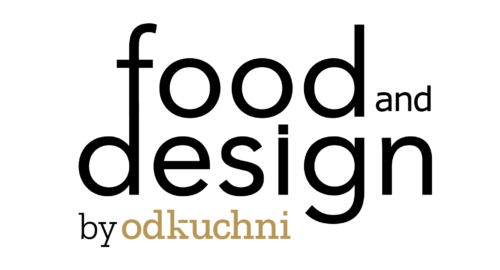
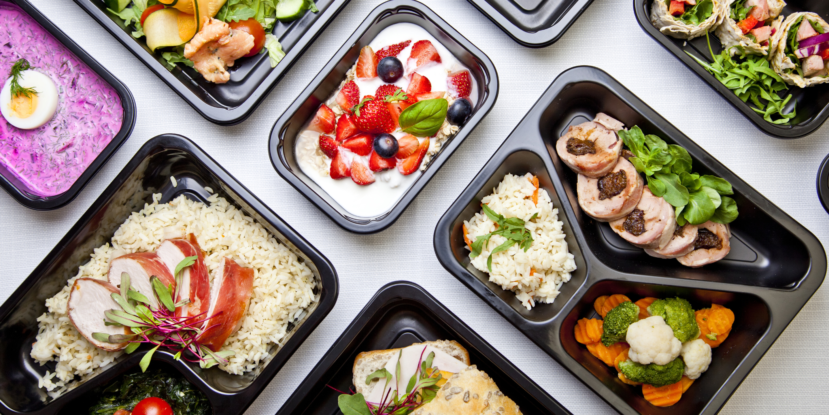
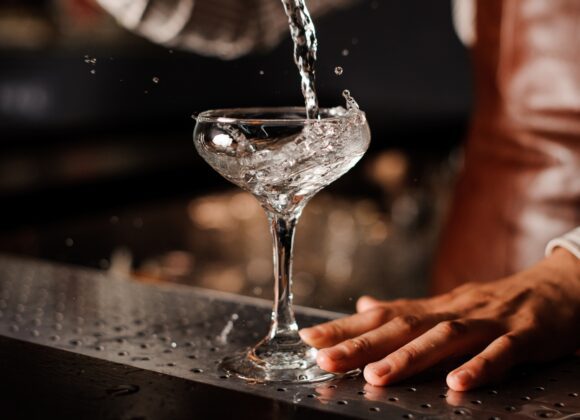
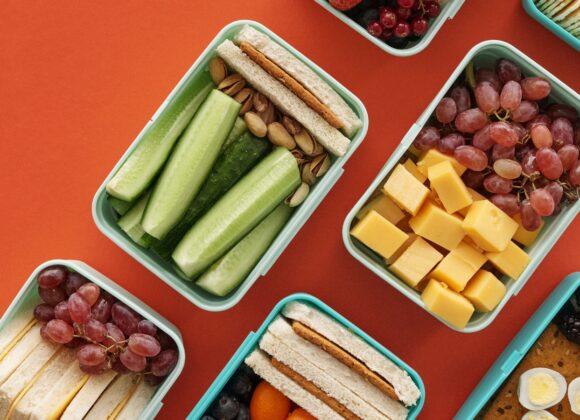
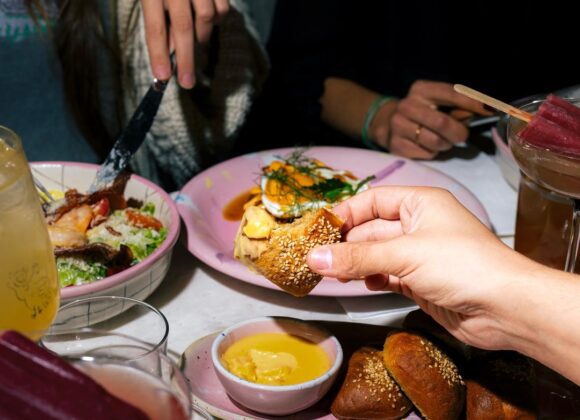

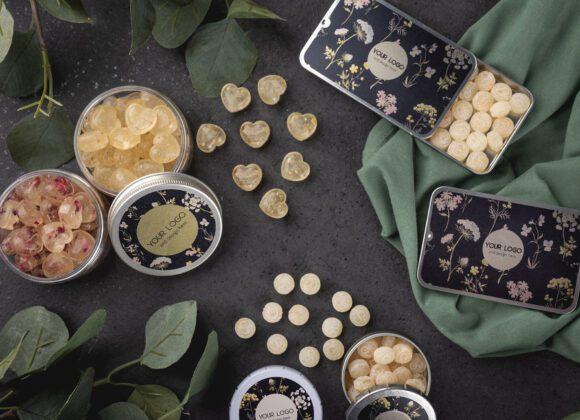



 Młodszy specjalista ds. komunikacji marketingowej i PR.
Młodszy specjalista ds. komunikacji marketingowej i PR.


 Absolwent Uniwersytetu Warszawskiego oraz Szkoły Głównej Gospodarstwa Wiejskiego. W branży HoReCa od ponad 10 lat. Przez lata związany z Grupą Trip, Sobienie Królewskie Golf and Country Club oraz restauracją Florentin w Warszawe.
Absolwent Uniwersytetu Warszawskiego oraz Szkoły Głównej Gospodarstwa Wiejskiego. W branży HoReCa od ponad 10 lat. Przez lata związany z Grupą Trip, Sobienie Królewskie Golf and Country Club oraz restauracją Florentin w Warszawe. Absolwentka Wydziału Architektury Politechniki Warszawskiej na kierunku Architecture for Society of Knowledge oraz Komunikacji Wizualnej na Politecnico di Milano. Specjalistka od budowania nastroju. Doświadczenie zdobywała w kraju i zagranicą podczas licznych warsztatów międzynarodowych (Sevilla, Lizbona, Florencja), stypendium na La Sapienza (Rzym) oraz pracując m.in. w Carmi e Ubertis i ADM Milano.
Absolwentka Wydziału Architektury Politechniki Warszawskiej na kierunku Architecture for Society of Knowledge oraz Komunikacji Wizualnej na Politecnico di Milano. Specjalistka od budowania nastroju. Doświadczenie zdobywała w kraju i zagranicą podczas licznych warsztatów międzynarodowych (Sevilla, Lizbona, Florencja), stypendium na La Sapienza (Rzym) oraz pracując m.in. w Carmi e Ubertis i ADM Milano.








 Menedżer z wieloletnim doświadczeniem w branżach kosmetycznej, spożywczej, dziecięcej. W trakcie swojej kariery związany z firmami takimi jak: L’Oreal, Samsung, Danone-Nutricia, Unilever. W ciągu swojego życia zawodowego odpowiadał między innymi za rozwój sprzedaży i contentu eCommerce w Polsce i krajach Europy Środkowo-Wschodniej.
Menedżer z wieloletnim doświadczeniem w branżach kosmetycznej, spożywczej, dziecięcej. W trakcie swojej kariery związany z firmami takimi jak: L’Oreal, Samsung, Danone-Nutricia, Unilever. W ciągu swojego życia zawodowego odpowiadał między innymi za rozwój sprzedaży i contentu eCommerce w Polsce i krajach Europy Środkowo-Wschodniej. 

























































